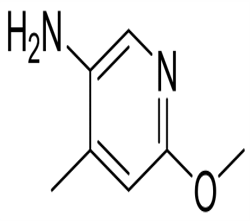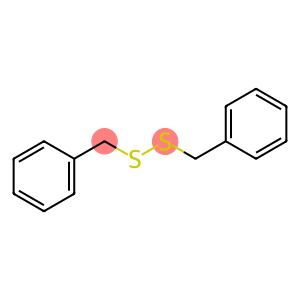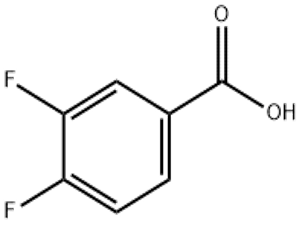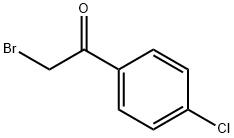Diphenylamine(CAS#122-39-4)
| Risk Codes | R23/24/25 – Toxic by inhalation, in contact with skin and if swallowed. R33 – Danger of cumulative effects R50/53 – Very toxic to aquatic organisms, may cause long-term adverse effects in the aquatic environment. R52/53 – Harmful to aquatic organisms, may cause long-term adverse effects in the aquatic environment. R39/23/24/25 - R11 – Highly Flammable R51/53 – Toxic to aquatic organisms, may cause long-term adverse effects in the aquatic environment. |
| Safety Description | S28 – After contact with skin, wash immediately with plenty of soap-suds. S36/37 – Wear suitable protective clothing and gloves. S45 – In case of accident or if you feel unwell, seek medical advice immediately (show the label whenever possible.) S60 – This material and its container must be disposed of as hazardous waste. S61 – Avoid release to the environment. Refer to special instructions / safety data sheets. S28A - S16 – Keep away from sources of ignition. S7 – Keep container tightly closed. |
| UN IDs | UN 3077 9/PG 3 |
| WGK Germany | 3 |
| RTECS | JJ7800000 |
| FLUKA BRAND F CODES | 8-10-23 |
| TSCA | Yes |
| HS Code | 2921 44 00 |
| Hazard Class | 6.1 |
| Packing Group | III |
| Toxicity | LD50 orally in Rabbit: 1120 mg/kg LD50 dermal Rabbit > 5000 mg/kg |
Introduction
Diphenylamine is an organic compound. The following is an introduction to the properties, uses, preparation methods and safety information of diphenylamine:
Quality:
Appearance: Diphenylamine is a white crystalline solid with a weak amine odor.
Solubility: It is soluble in organic solvents such as ethanol, benzene and methylene chloride at room temperature, but insoluble in water.
Stability: Diphenylamine is relatively stable under normal conditions, will oxidize in the air, and may produce toxic gases.
Use:
Dye and pigment industry: Diphenylamine is widely used in the synthesis of dyes and pigments, which can be used to dye fibers, leather and plastics, etc.
Chemical research: Diphenylamine is an important reagent in organic synthesis and is often used to construct carbon-carbon and carbon-nitrogen bonds.
Method:
The common preparation method of diphenylamine is obtained by the amino dehydrogenation reaction of aniline. Gas-phase catalysts or palladium catalysts are usually used to facilitate the reaction.
Safety Information:
Inhalation, ingestion, or contact with the skin can cause irritation and is corrosive to the eyes.
During use and carrying, contact with skin and eyes should be avoided, and proper ventilation conditions should be taken into account.
Diphenylamine is a potential carcinogen and relevant safety operating procedures should be followed and regulations strictly followed. Appropriate protective equipment should be worn when used and operated in a laboratory.
The above is a brief introduction to the properties, uses, preparation methods and safety information of diphenylamine. For more detailed information, please consult the relevant literature or consult a professional.








